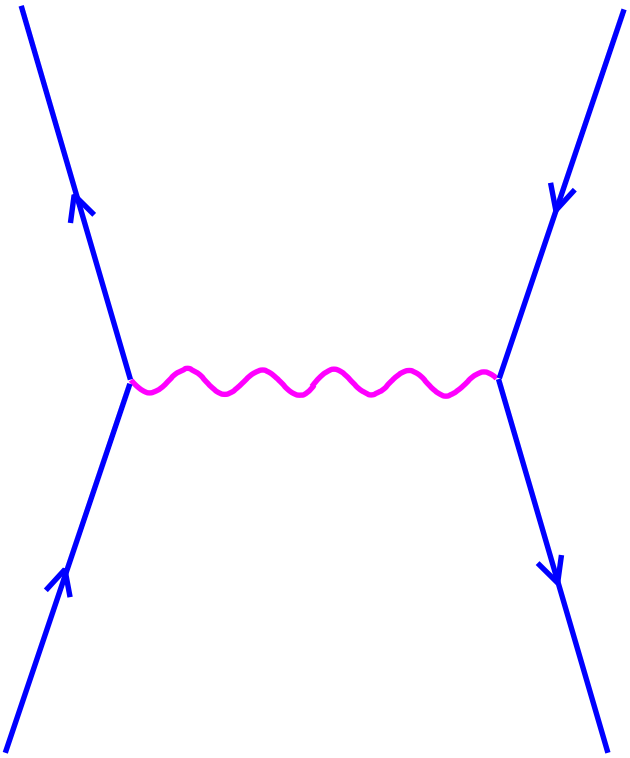Supersymmetry (SUSY)
![]()
Recently our understanding of SUSY gauge theories has been revolutionized by the work of Seiberg and Witten. For the last two years I have devoted the majority of my time to studying N=1 SUSY gauge theories with the new non-perturbative tools that have become available. With my collaborator I found a new mechanism for dynamical SUSY breaking that can produce realistic masses for the superpartners (squarks, sleptons, and gauginos) of the observed standard model particles. We also developed a class of models in which new strongly coupled gauge interactions both dynamically break SUSY and form composite quarks, squarks, leptons, and sleptons. Previously realistic models have relied on "messenger" (gravitational or gauge) interactions to communicate the SUSY breaking from a strongly coupled sector to the weakly coupled superpartners. Since, in our models, these particles couple directly to the SUSY breaking dynamics there is no need for intermediate "messengers" at all. In addition to this economy, these models can solve the SUSY flavor problem and also predict a unification of squark and slepton masses independent of gauge coupling unification. I also recently worked on a SUSY model that breaks electroweak symmetry by strong SUSY dynamics, which can be analyzed using Seiberg duality, and solves the mu problem.
Following the work of Maldacena and Witten on the correspondence between M- theory/supergravity on anti-de Sitter (AdS) backgrounds and conformal N=4 SUSY gauge theories we have tested the correspondence between "orbifolded" AdS theories and conformal gauge theories with fewer SUSY charges, including non-SUSY theories. Using the correspondence between M-theory/supergravity on blackhole AdS backgrounds and non-SUSY QCD, we calculated ratios of glueball masses in three and four dimensions in a strong coupling, large limit of QCD. We found that these ratios are in surprisingly good agreement with the available lattice data.
We have also found exact results arising as a consequence of duality. We found a set of SUSY gauge theories that were self-dual, i.e. theories with dual descriptions that had different fundamental fields and a different superpotential, but with the same gauge structure. It had been conjectured that SUSY theories with matter in the adjoint representation of the gauge group and no superpotential were related to string theories. My collaborators and I found an infinite sequence of dual descriptions for such theories. We also found evidence for a new type of non-perturbative phenomena: as the number of matter fields is varied, an interacting conformal theory splits into interacting and free sectors. I also constructed a new dual description for certain chiral SUSY gauge theories. It was previously known that these theories confine with three of four flavors, I demonstrated that with five flavors they simultaneously possess both an interacting infrared fixed point and a free sector. We recently found a class of theories where a-maximization can be used to explicitly show that the IR splits into such a mixed phase. We also produced new D-brane constructions of related SUSY gauge theories with matter in tensor representations and examined how duality is related to D-brane motions in M-theory.
We also studied the Seiberg-Witten curve for the deconstructed version of the 6D (0,2) theory on a torus, which clarified the nature of the low-energy effective field theory.
Contact Info
John Terning, terning @ physics.ucdavis.edu
revised Dec '05
![]()
